What’s the ‘M’ in DMO for, anyway? How can a destination marketing organization be transformed into a destination stewardship organization? And how can stakeholders— staff, board, partners, consumers, and residents—be won over? How can a destination embrace this never-ending process, creating a sustainable hospitality economy, yet one that is still dedicated to promoting overnight stays?
Redefining tourism success
“So long” to the old ways of defining success. A leader in the DSO space, we talked in more detail with Claudia Vecchio, President & CEO at Sonoma County Tourism. We’re pleased to share her insights in this exclusive interview.
“Let’s Talk Tourism” — Q&A with Claudia Vecchio
Q: Firstly, why does a destination need a roadmap to attract travelers from around the world while at the same time safeguarding the needs of local residents and businesses?
A: All Sonoma County Tourism (SCT) strategy and programming revolves around balancing the needs of four critical audiences:
- Internal – SCT staff, Board and committee members
- Partners – Local businesses within the tourism and hospitality arena (Sonoma County Tourism is not membership-based), elected officials
- Residents
- Customers – business and leisure, domestic and international visitors/guests
While it’s difficult to parse out an approach to one audience without conveying how that then impacts all others, “residents” is a category we spend a considerable amount of time working with, and do so in a slightly different way than we approach the other audiences.
For Sonoma County, safeguarding the needs of our residents is a critical foundation for ensuring our ongoing capacity to attract global visitors. Local residents provide the lion share of the touch points with visitors, so assuring residents are not opposed to tourism is important. Sonoma Countians have had a love/hate relationship with visitors for decades. While most people who move into Sonoma County begin as a visitor, the “not in my backyard” sentiment sets in fairly quickly resulting in a shift that causes a rise in negative sentiment toward visitors. Key pain points are large events that bring people into bucolic winery areas, and neighborhood-based vacation rentals. These activities are perceived to negatively impact the high quality of life for which people passionately proclaim and pay a steep price (housing, taxes) to enjoy.
Residents know, at least peripherally, that tourism is the economic engine that drives businesses, provides both essential and coveted services, and creates the recreational opportunities so important to the overall quality of life. But, residents also have a fear that these activities pose a threat to all they hold dear. And, several of the most vocal detractors of tourism have the ears of elected officials. Tangentially, but often part of this conversation, watching other similar destinations become gentrified fuels fears around the future of Sonoma County and the potential loss of independence so fiercely embraced by residents.
Because the level of negative resident sentiment around tourism rose to an apex in 2016-17, SCT created “Lets Talk Tourism,” an initiative whereby SCT staffers met in person with residents in municipalities across the county to discuss feelings about tourism. Findings from these conversations centered around impacts such as perceived overtourism, traffic, noise, affordable housing, strain on the natural resources, etc. These issues were subsequently integrated into the organization’s strategic plan within the overall priority of destination management and have continued to serve as foundational elements for all subsequent plans.
Since this initial resident outreach, Sonoma County experienced a number of natural and cultural disasters – a series of devastating wildfires, floods and an ongoing drought preceded the global pandemic. Additional increases in social issues such as homelessness, the cost of housing, workforce availability, and climate change issues have created enormous stressors on what once was an idyllic wine country region loved by residents. While tourism isn’t blamed for most of these social or natural disaster issues, the challenges around workforce and affordable housing are most definitely linked to tourism and the industry is asked how it is planning to respond.
The issue around destination stewardship and the business community is an interesting one. Often sustainability is equated with placing the environment above the economy with the results being a reduction in revenue. This is not the case. In Sonoma County, we embrace the three pillars of sustainability: People, Planet, Profit. Certainly, having agriculture as our chief business helps moves this initiative forward, but at no time does a move to sustainability point to anything but increased long-term profits for businesses. While there may be an initial dip in visitor numbers due to a slight shift in marketing outreach, research shows that both domestic and international travelers are increasingly interested in destinations that focus on sustainability. Helping ensure Sonoma County is squarely positioned in this sector will reap tremendous financial benefits for our businesses now and into the future. This focus also allows SCT to help businesses become more authentically sustainable and offer visitor experiences that help amplify this initiative and drive loyalty.
Q: Tell us about the mission and the vision in Sonoma County Tourism’s master plan.
A: After embracing the organizational shift from a destination marketing organization to a destination stewardship organization in 2018, in 2021, Sonoma County Tourism’s board of directors made a bold stance on the future of Sonoma County’s tourism industry by evolving the mission and vision of the organization. Pivoting from more standard mission and vision statements in the 2017 and 2019 strategic plans, for the 2021 plan, the Board took an evolutionary move to proclaim the destination’s commitment to stewardship in the organization’s mission and vision:
- Mission: Inspire overnight travel to Sonoma County that bolsters the region’s economy and encourages responsible stewardship of the community’s abundant resources.
- Vision: Sonoma County will be the premier destination in North America for responsible travelers who enjoy, protect and preserve the area’s bountiful natural and cultural resources.
Because of this, Sonoma County Tourism is modifying its sales and marketing initiatives to truly lean into sustainability and regenerative travel messaging for both business and leisure visitors. SCT’s marketing agency, Fahlgren Mortine, recently provided an in-depth plan for reaching responsible travelers — this is a roadmap we will follow. It’s important to note that this is not a marketing initiative. Unless this is authentically woven into the DNA of this organization, we will fall flat.
The master plan you referred to is in the beginning stages. The focus of the plan is on destination resiliency and sustainability, so that is the focus of the outreach to stakeholders and the framework under which the plan will be crafted.
Q: What’s been the impact of California wildfires on the problem…and the solution?
A: Wildfires are not new to Sonoma County. Fire has been experienced in and around the area for decades. However, the wildfires, beginning in 2017, were a clear signal to any entity operating in Sonoma County that the time had come to be more mindful of the impact its operations have on the environment. The County has upgraded its emergency warning systems and cameras throughout the region identify and notify all of even the smallest fires. This is incredibly reassuring for residents. While the fires in Sonoma County have mostly been directly blamed on antiquated equipment and lack of proper vegetation mitigation from the regional power company, the fact that Sonoma County’s weather has changed due to climate change is, arguably, at the root of the issue.
The recent wildfires in and around Sonoma County have sent a clear signal that the region’s chief economic drivers – agriculture and tourism – must shift to address these issues in their own ways. The agriculture community has become much more aware of the growing and soil management processes that lower greenhouse gas emissions and sequester carbon needed to reduce impact to the climate. (To note: this is also critical for the many land management organizations in Sonoma and neighboring counties).
Sonoma County Tourism is working with a number of County agencies to help ensure all guest-facing businesses and vacation rental properties have information needed for guests should a crisis occur.
The tourism industry recognizes that with people comes impact. This impact can be for the good or the detriment of the natural and cultural resources of a destination.
The solution is bigger than Sonoma County Tourism! But, for us, the best solution is having an updated and robust crisis plan, ensure strong connectivity with partners and stakeholders and provide information to visitors helping to alleviate surprises. We also believe responsible travel, especially through the Leave No Trace principles is a great way to avoid having visitors start fires, most especially campfires.
Q: Who are your partners in developing stewardship throughout Sonoma County?
A: Known throughout the world as one of the world’s storied wine regions, Sonoma County’s tourism industry has historically been focused on wine and guided through a partnership known as the “Trio” – the Sonoma County Vintners, Sonoma County Winegrowers and Sonoma County Tourism. While the scope of tourism has broadened beyond this focus, the partnership with these entities continues to be important – most especially as it relates to sustainability.
In 2014, Sonoma County’s Winegrowers made the commitment to become the most sustainable winegrowing region in the world. This began a five-year journey of hard work, collaboration and education that has had a profound and unprecedented effect on the region and the way the world views it. In 2019 Wine Enthusiast magazine heralded Sonoma County as the Best Wine Region in the World largely due to the efforts within the sustainability arena.
Today, 99% of the vineyard acreage in Sonoma County has been certified sustainable by a third-party program, indeed making this region the most sustainable winegrowing region in the world.
In addition to the farming community, Sonoma County Tourism is partnered with the Sonoma County Regional Parks (a government agency) in a program with Leave No Trace. Leave No Trace provides a practical list of principles SCT and Regional Parks customized to integrate the issues and opportunities specific to this region.
Through this partnership with Leave No Trace, an additional partnership with neighboring Mendocino and Marin Counties has begun, creating a three-county commitment to reducing litter and waste in coastal regions and watersheds.
At present, SCT is working to amplify partnerships with the many land management organizations in Sonoma County. Sonoma County, because of its tremendous environmental assets, has a variety of land and coastal management organizations dedicated to ensuring the long-term health of the land and waterways.
SCT continues a partnership with Kind Traveler, a unique give-back OTA platform. The Kind Traveler site offers travelers hotels that meet the strict sustainability standards set forth by Kind Traveler. If someone books at one of the partner hotels, $10 per night goes back to charities in the community. More information can be found on KindTraveler.com.
SCT also is currently working to secure partnerships with other consumer brands that also share this commitment to sustainability.
SCT just created a Manager of Sustainability and Climate Initiatives to help bolster partnerships, create programming and product development that helps Sonoma County achieve its goals.
Q: Does becoming a DSO shift dollars or messaging? Or both?
A: Most definitely, both. Becoming a DSO does shift dollar allocation and enterprise-wide messaging.
From a financial standpoint, several changes have been made:
- Our new staff position, Manager of Sustainability and Climate Initiatives, within our Community Engagement team will focus on initiatives within this sector. This person has a budget line dedicated to programming including the partnership with Leave No Trace, community-wide volunteer opportunities specific to sustainability, partnerships with outside entities and communications tools needed to convey the programming to stakeholders and consumers.
- We shifted paid media campaigns, based on the plan provided by Fahlgren-Mortine, to ensure SCT reaches consumers who could help achieve the organization’s mission and vision. This moved dollars away from more traditional paid media channels and into channels with audiences shown to care about protecting and preserving natural and cultural resources.
- As an organization we’re eliminating our use of single-use plastics, have been adamant that the building that houses our offices has Leed certification and other sustainability initiatives integrated into its building standards and are offsetting the carbon emissions of our team’s travel. We’ve also begun an Adopt-A-Road program with one-mile portions of roadways in highly visible areas that also happen to be in each of our five supervisorial districts. All these come with a cost that we’re willing to absorb to ensure this is an authentic endeavor.
As for messaging:
In addition to the overarching Mission and Vision that guides all messaging, the content we’re developing especially for the summer months is all about responsible travel.
- We’re showcasing people and places that focus on the essential interconnectivity between the marine, animal and human environments and how important protecting this chain is to the long-term health of the area. Travelers often visit the coast and other areas where this mindfulness is critical.
- We’re creating “Intentional Itineraries” that lean into personal health and wellbeing through an interplay between science and the art of travel. People who take care of themselves are likely to take care of their surroundings.
- We’re creating programs that allow visitors to pick up trash and gain rewards for doing so.
- Sonoma County has a wonderful small airport (Charles Schultz Sonoma County Airport – STS) that is undergoing a major renovation including several sustainability initiatives. We tout traveling into this airport as opposed to flying into SFO or OAK and driving. This helps save carbon emissions.
- We’ve developed messaging specific to our four audiences noted above specifically driving home the importance of sustainable travel.
Of critical importance, destination stewardship also changes the way the organization’s performance is tracked. It’s no longer a heads-in-beds scenario, but rather revenue derived from people enjoying sustainable properties, engaging in sustainable programs and elevating loyalty among visitors to the extent that they integrate sustainable practices in their own homes. This quality over quantity measurement is not yet perfected, but will likely be in the very near future.
Q: How is “research, research, research” a key for other destinations looking at developing a stewardship plan?
A: In an instance such as this, when a major organizational shift is being proposed, anything other than a research-based approach is likely to fail. And, research needs to be done both inside and outside the tourism industry to ensure enough insight is provided. For example:
- Our initiative began with research of our residents. Through a “Let’s Talk Tourism” set of in-person town halls, SCT gained valuable insight from residents.
- Social media listening of posts by our elected officials, land manager organizations and vocal proponents of destination stewardship provided some direction on what would move the needle for this group.
- Tourism industry research from a number of organizations including Longwoods, Destination Analysts, Skift, Booking.com all showed a rise in interest among travelers for authentic sustainable experiences.
- The rise of organizations such as the Center for Responsible Travel (CREST), the Global Sustainable Tourism Council (GSTC), efforts through the UNWTO and the WTTC, Green Destinations, and others amplified their messaging during the past couple of years signaling a movement that aligned with how we want our own initiative to follow.
- Insights from consumer research including Scarborough showed where people are spending their money and the shift in consumer behaviors.
A tenacious review of marketing, trends, consumer behavior and science media helped lay the foundation for the reasoning behind this shift.
Q: Do you think destination stewardship is right for everyone?
A: I do believe taking a broad-based view (whether the title is management or stewardship) of the place for which the destination organization is based is critical, but each organization needs to determine the best approach that meets the needs of funders, stakeholders, partners, members, visitors, etc.
In the continuum of time, we’re each in our destinations for a very brief period. Our team feels proud that the work they’re doing will leave this place better than when we started. In this way, not only does destination stewardship broaden the scope of the organization, but it increases the perceived value and significance of the work the team does on behalf of the destination, its residents and all those who depend on us to protect our resources.

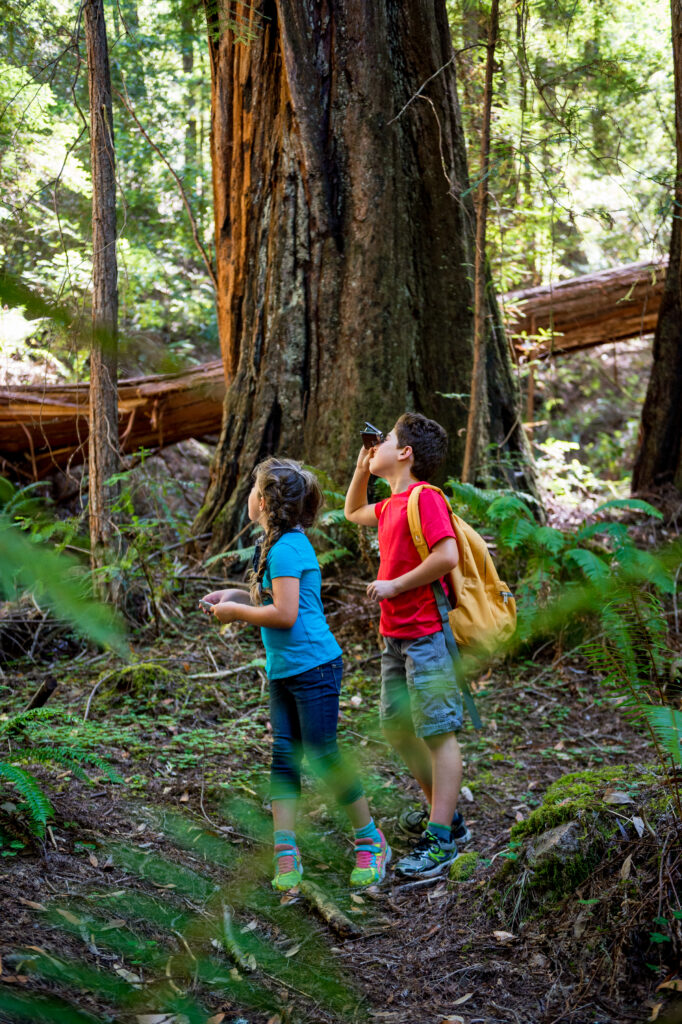


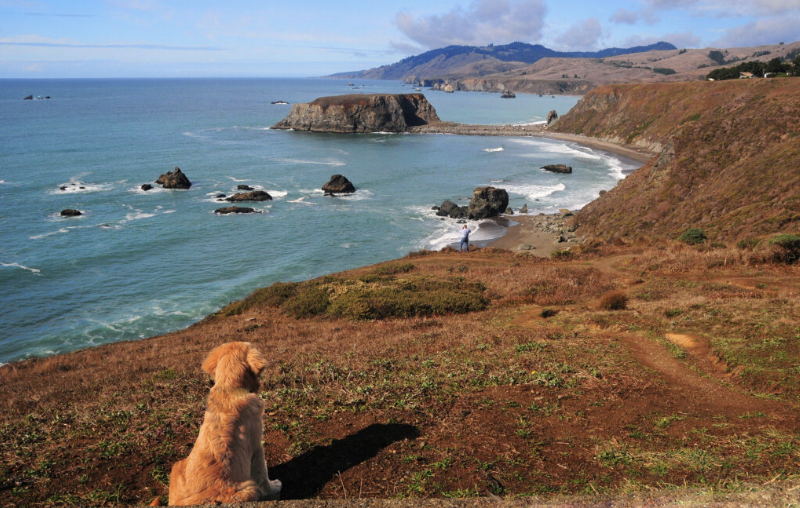



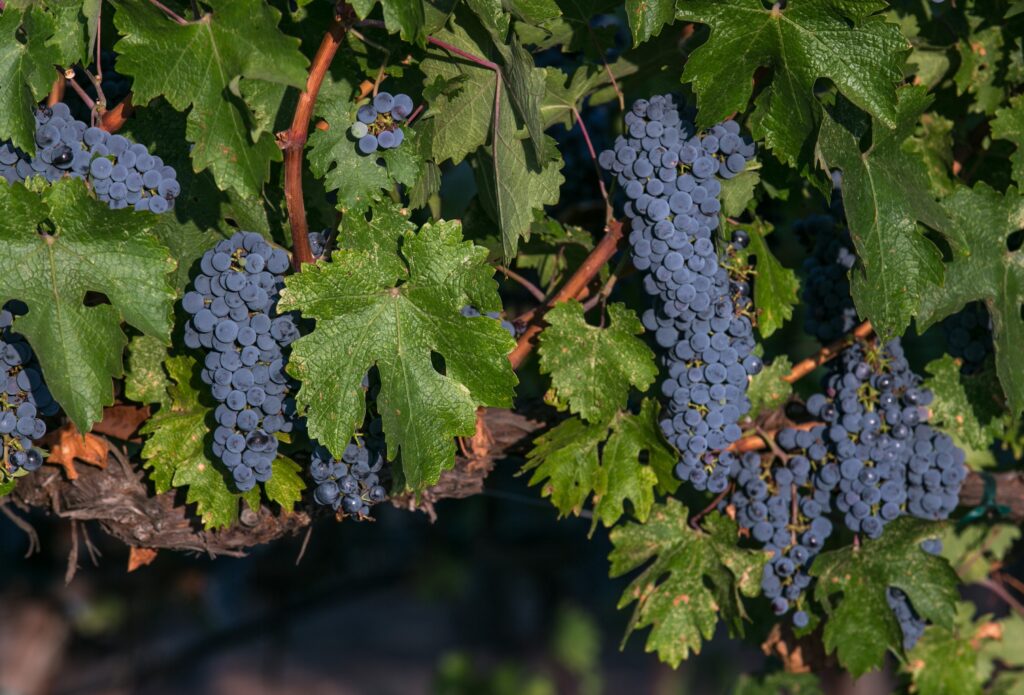

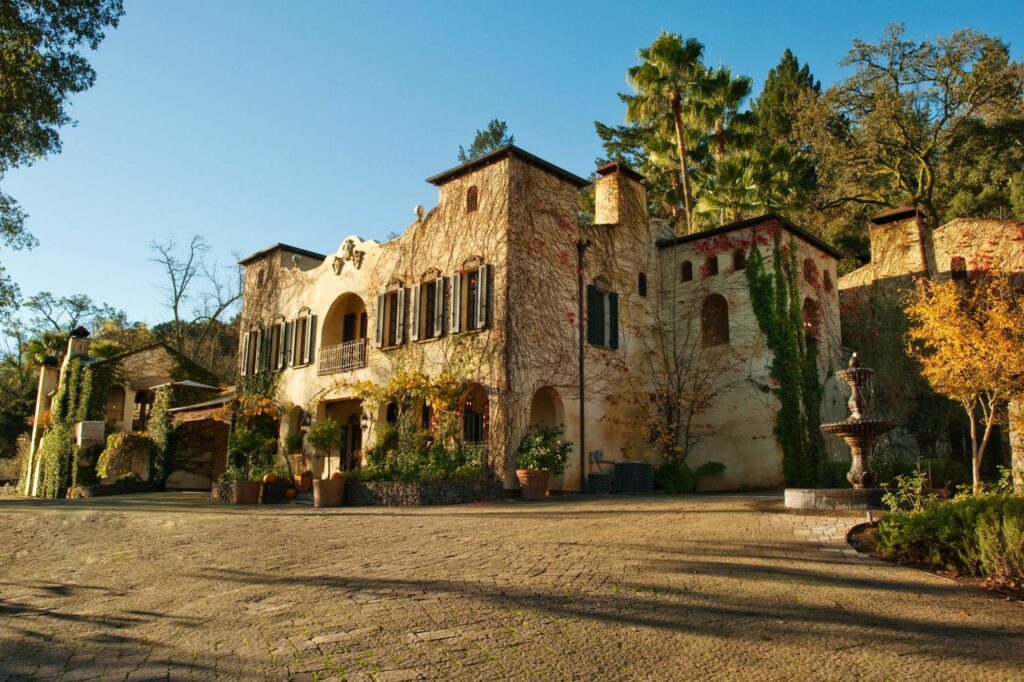

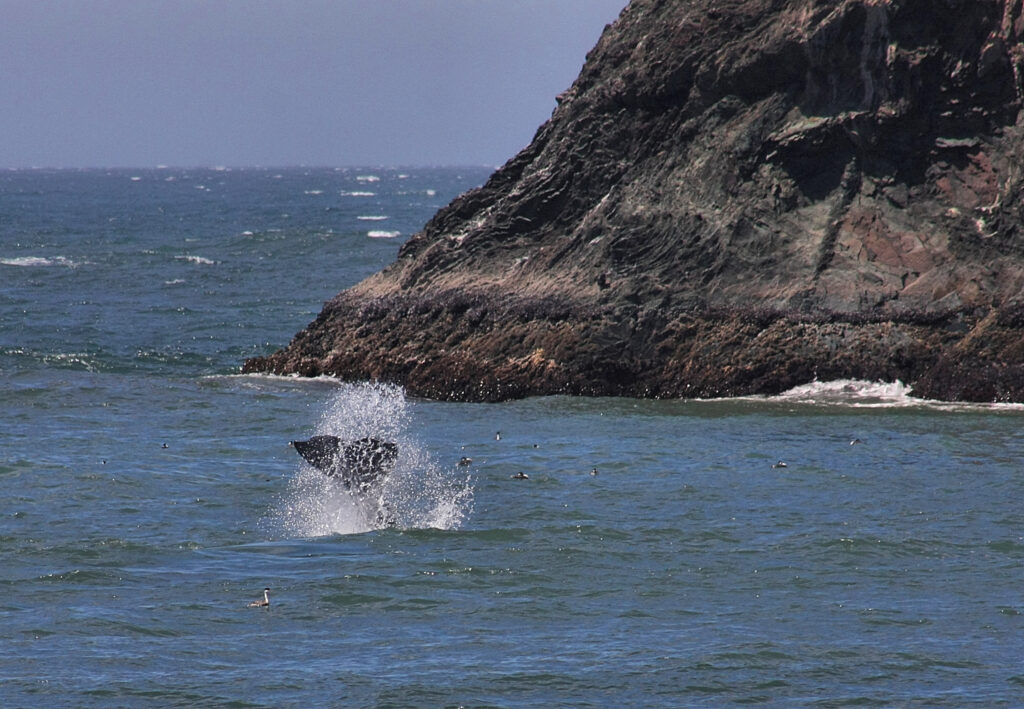
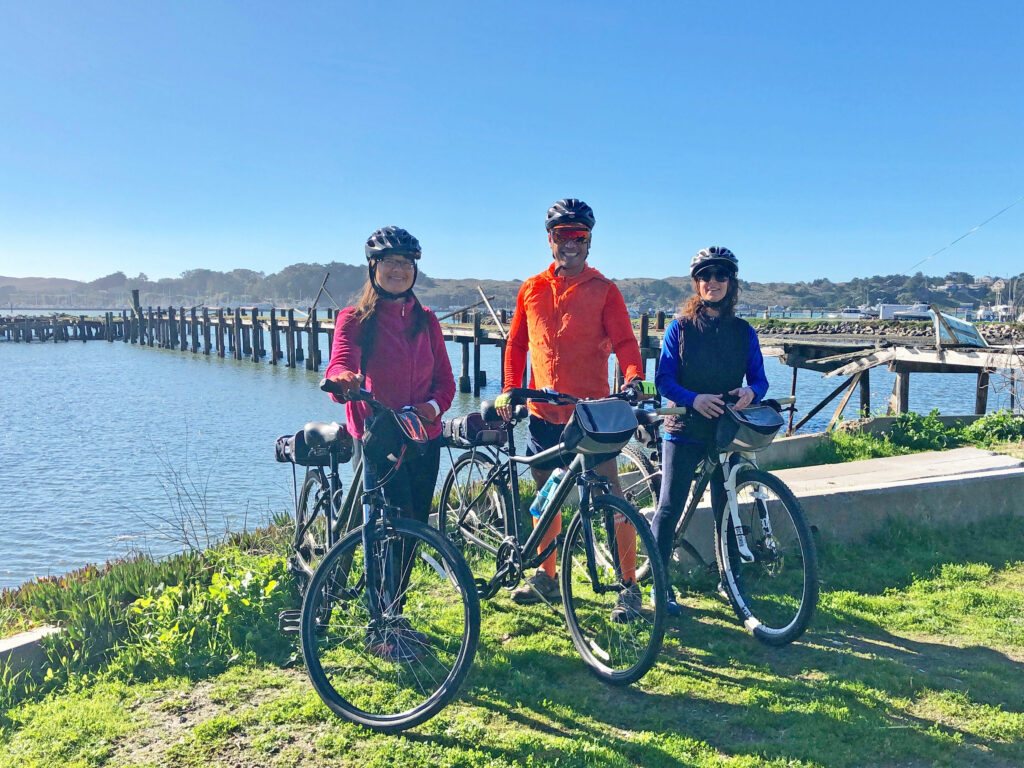
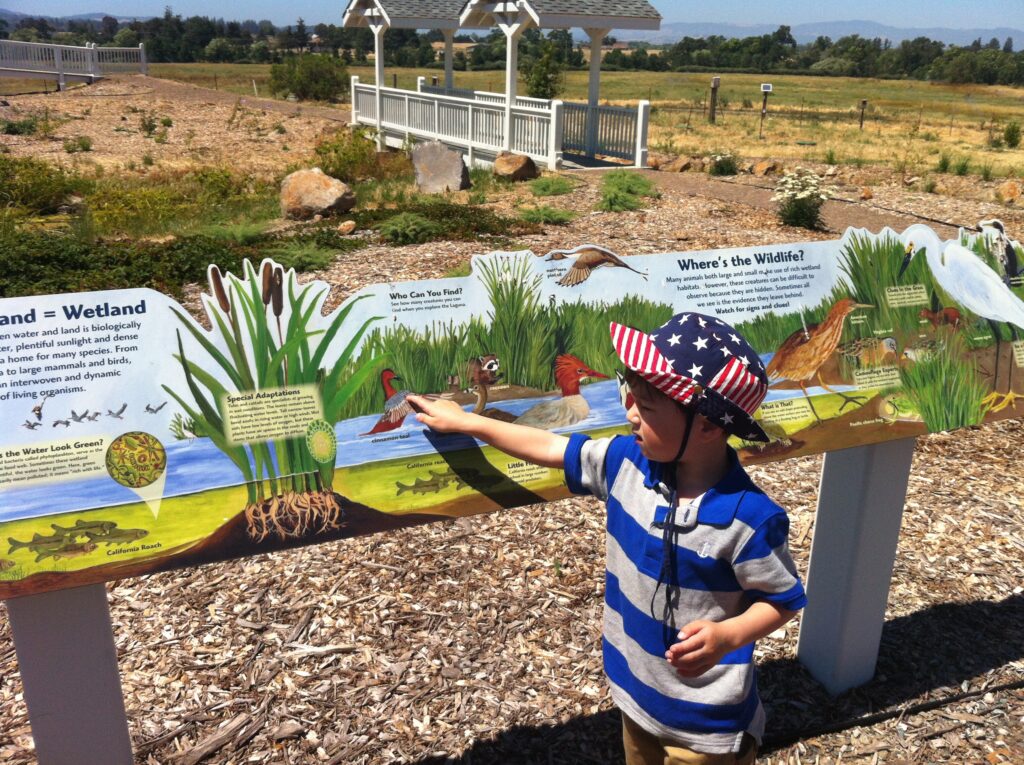


Leave a Reply